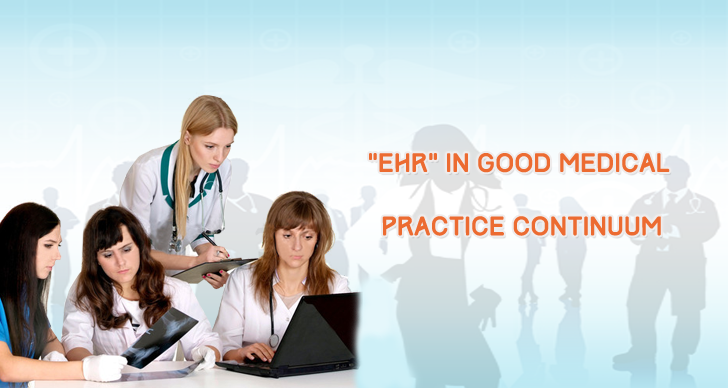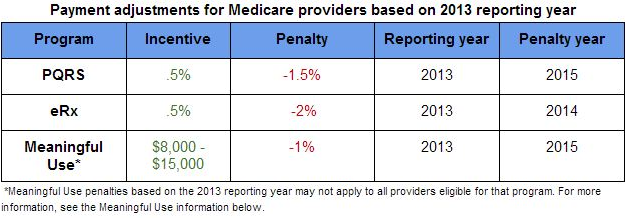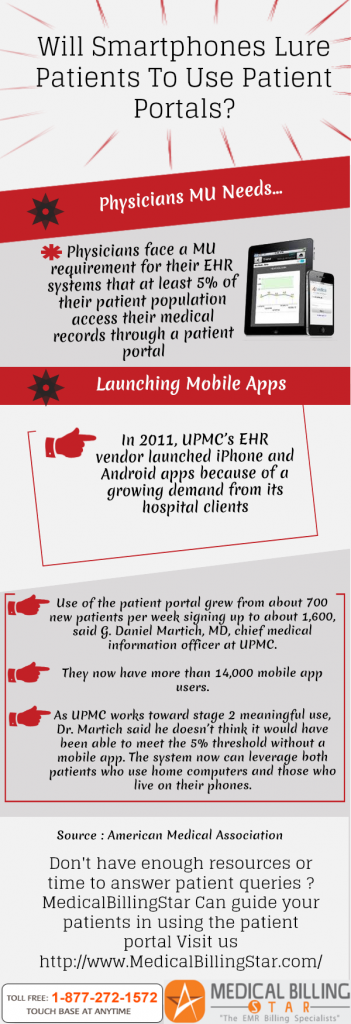The Charismatic Scenario:
Going paperless was a formality or fashion and pointless saddle earlier in the medical practices. But now, the picture has changed and the adoption of electronic health records (EHR) is becoming increasingly obligatory. Many small practices and even hospitals are in the right move towards EHR espousal. This is due to the federal coercion and improved understanding of EHR implementation benefits by the healthcare providers.
Patient Centered – Interconnected:
The electronic medical/health records are no more the property of an individual care provider and EHR is no more the physician-centered tool. The involvement of various providers in proffering the comprehensive patient care is compelling the providers to make EHR – the patient-centric tool.
The modern clinical workflow pattern in small practices and hospitals involves the healthcare data sharing across the practices. This sort of interconnection provides fast, easy and accurate medical information exchange through HIPAA-compliant and professionally secured conduit.
“Charts” & EHR:
The shift in healthcare delivery pattern from single practice to widespread care delivery across small clinics to large hospitals, both physicians-owned and hospital-owned gave rise to community charts and enterprise charts. These charts enable interconnected health data access by multiple care delivery settings within hospital departments and also between assorted care centers.
Enterprise EHR like Epic has its widespread utility across the hospitals and the practices affiliated with them. Kaiser EHR makes a single chart accessible everywhere.
Good Medical Practice – The Further Take:
Despite medical data storage, large Enterprise Charts (e.g. Kaiser) could be used to gain insights into disease trends, epidemiology studies, clinical care quality and good medical practice (GMP).
Missed-out health records of patients, maladroit diagnostic data and specialty consult notes, hidden operation notes, obscure insurance information – Won’t these displease your patient care?
American Medical Association (AMA) says “Good physicians care for patients” as the primary domain of competency.
For a perfect patient care, the clinical documentation is more than crucial. Is it right?
Thus, EHRs with no ‘note bloat’ would buttress the physicians to follow Good Medical Practice through adequate essential medical documents:
- Good clinical documentation
- Good knowledge on patient health
- Good patient care
- Good Reimbursement & Good Medical Practice.
“Next Generation”:
Even the best EHRs available in the healthcare market have not addressed certain vital features:
Rapid encounter documentation: Physicians busy with the encounters find less time to create electronic health records. The “next generation” EHRs must have in-built medical transcriber and the physicians could avert spending much time in creating documents.
Unified patient portal: A modern EHR must ease the patient’s ingress into the electronic health records through unified patient portal. It must support easy access of various documents, reports, messages and other communications by all interconnected provider settings.
Open API access: EHRs must allow the vendors to access appropriate internal documents through application program interface so that the practices could accomplish the resource demands, clinical quality measures and disease trends.
Thus, current era EHRs need further “optimization” to satisfy the stakeholders of healthcare ecosystem.




